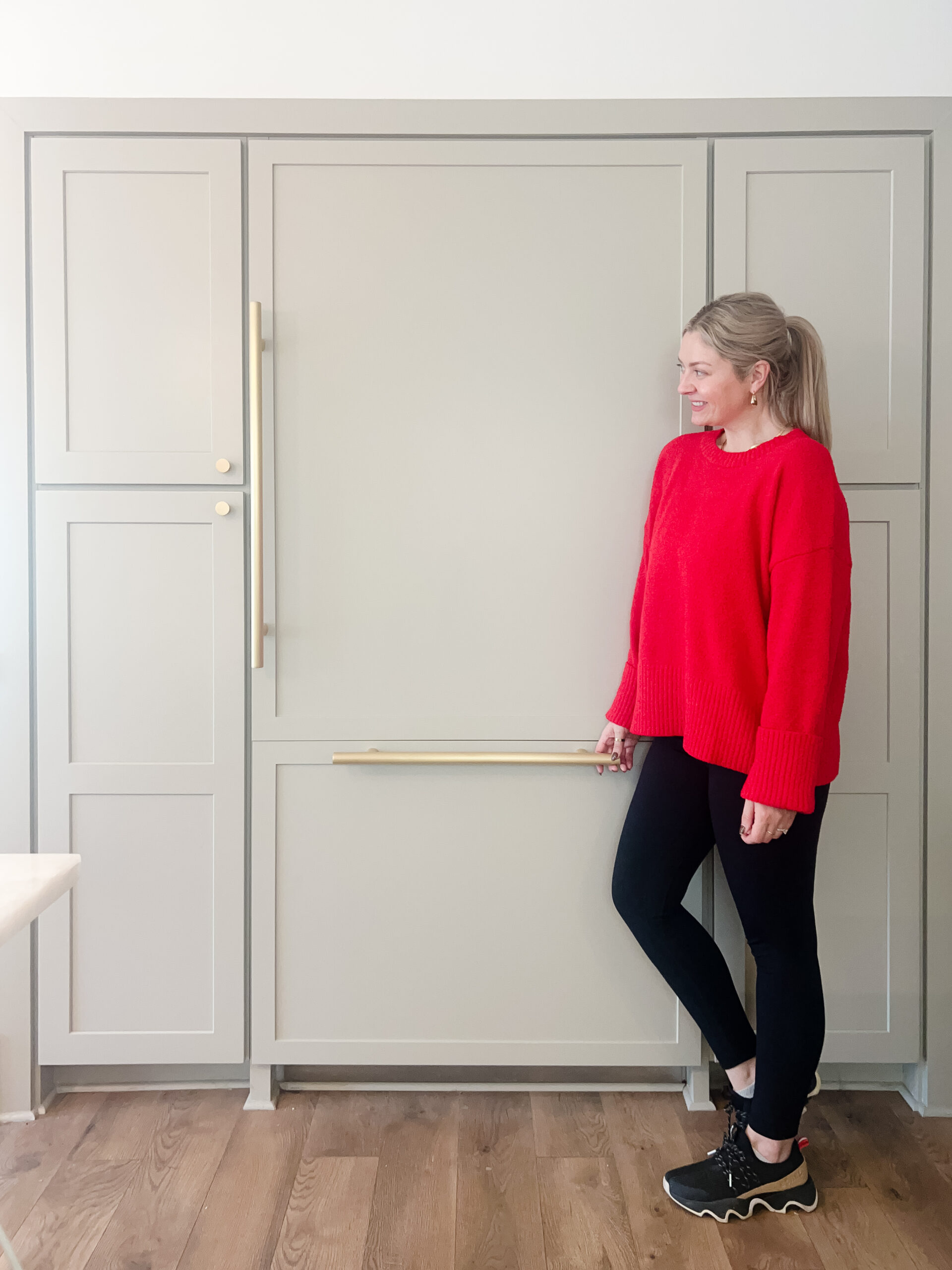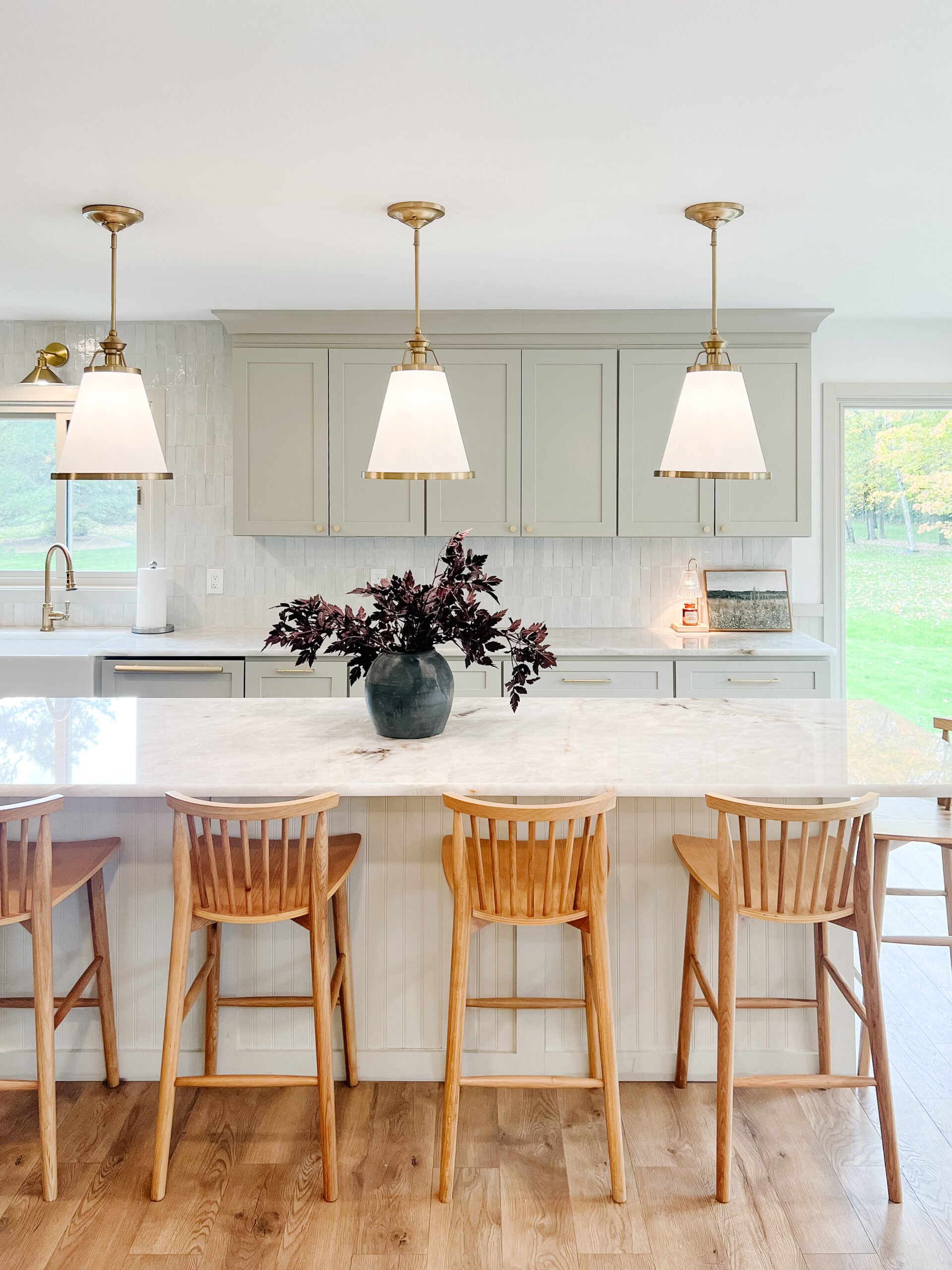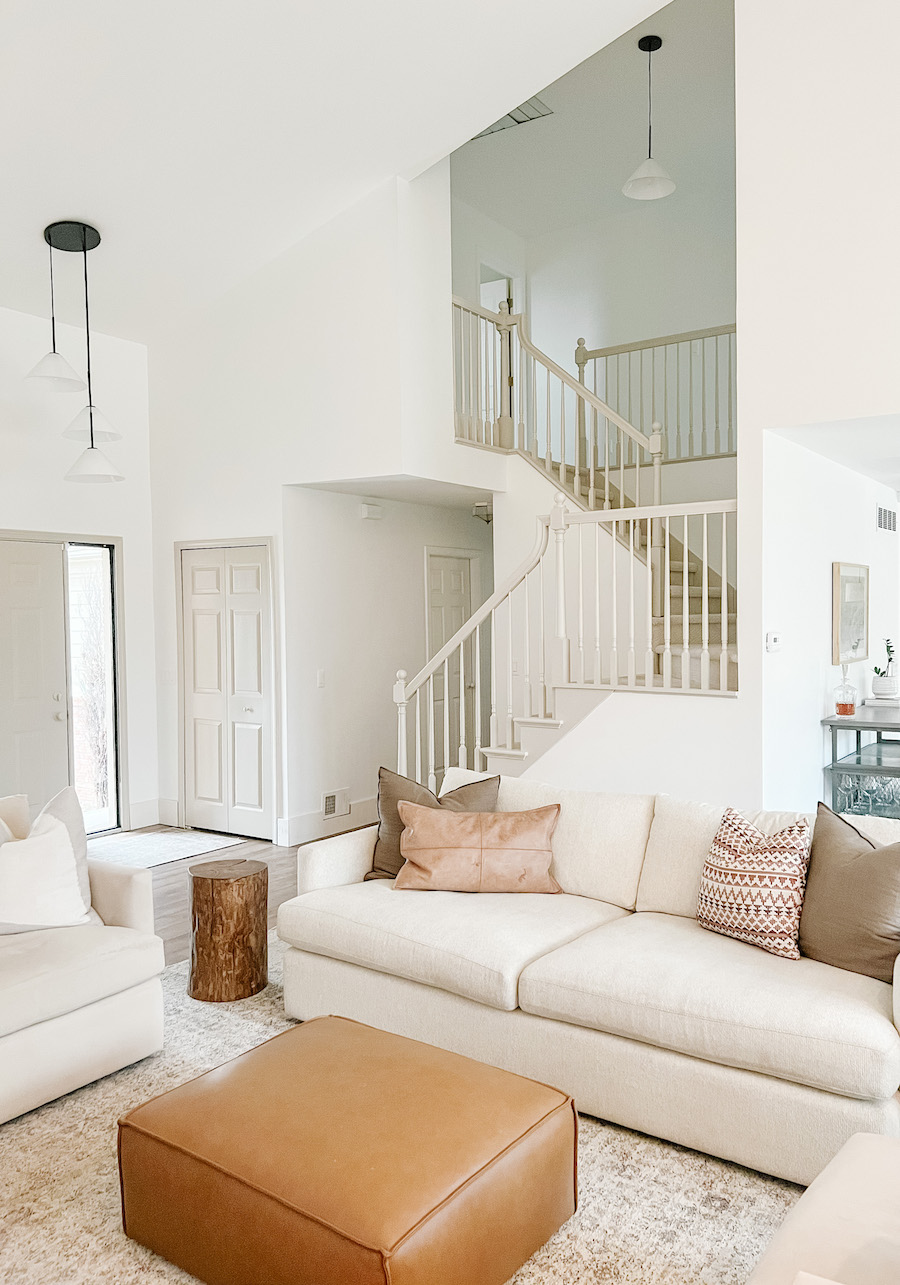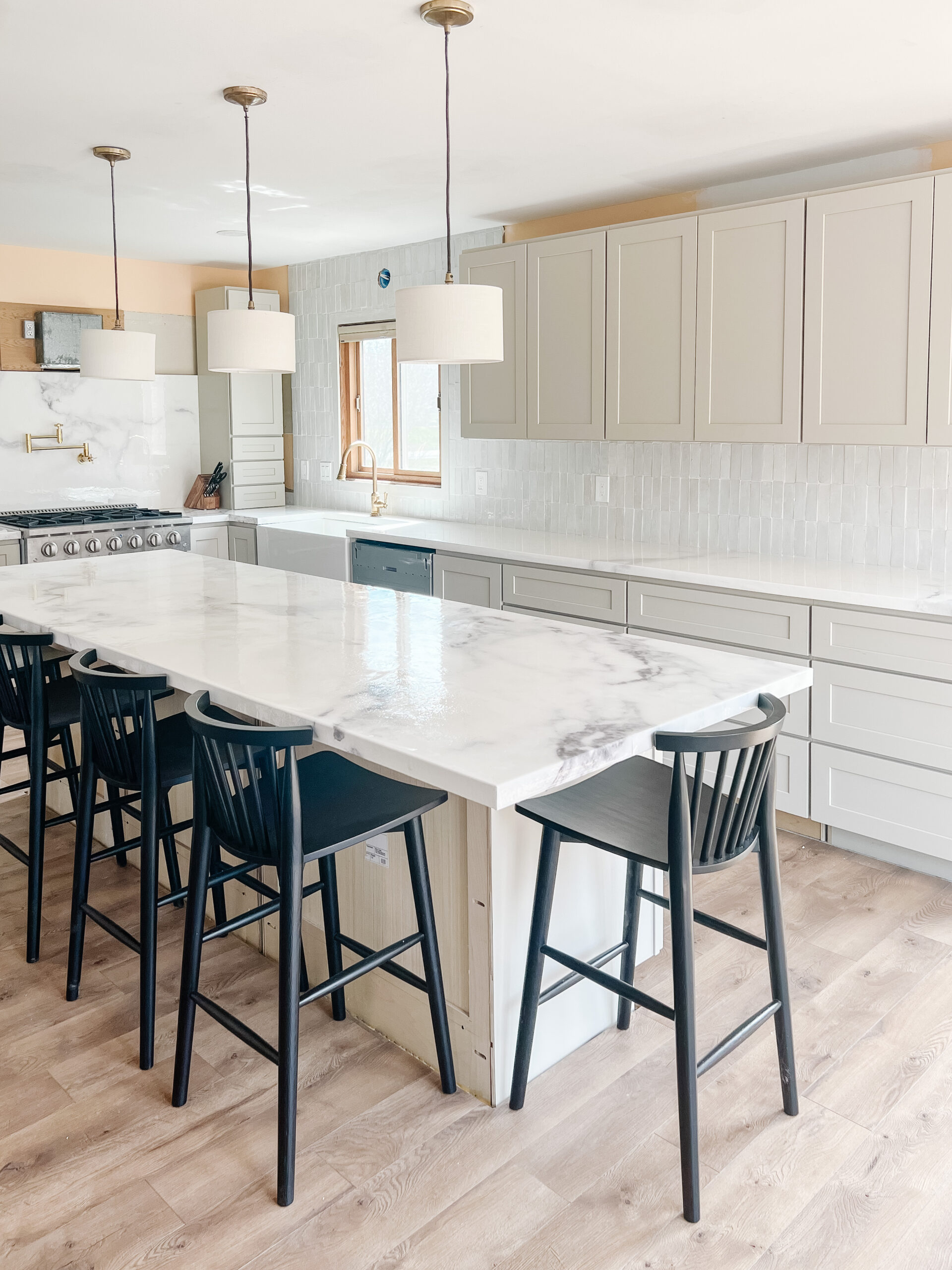I'm a neat freak tackling messy projects to help you turn your honey-do list into honey-DONE! I'm an average mom, with an average home, and an average budget with a goal of making things that feel ABOVE average! I'm a self-taught DIYer learning as I go, and I share all of my projects in real time so that, when I make a mistake, we can grow together! Join me daily on Instagram stories where I share home DIY projects, life with my family, and a little bit of everything in between - I can't wait to meet you! :)
Categories
projects & tutorials
home decor
Tips & Tricks
lifestyle
I'm Kayla
Hi, there!
The Best Advice for Beginner DIYers: 7 Tips for Success
May 16, 2023
DIY home improvement projects are a great way to save money while adding value to your home. But for some, the idea of tackling a DIY project can be intimidating. With so many tools, materials, and techniques to consider, it’s easy to feel overwhelmed. Below, is some of my best advice for beginner DIYers to help you get started. I’m confident that these 7 tips will set you on the right path for your DIY journey!
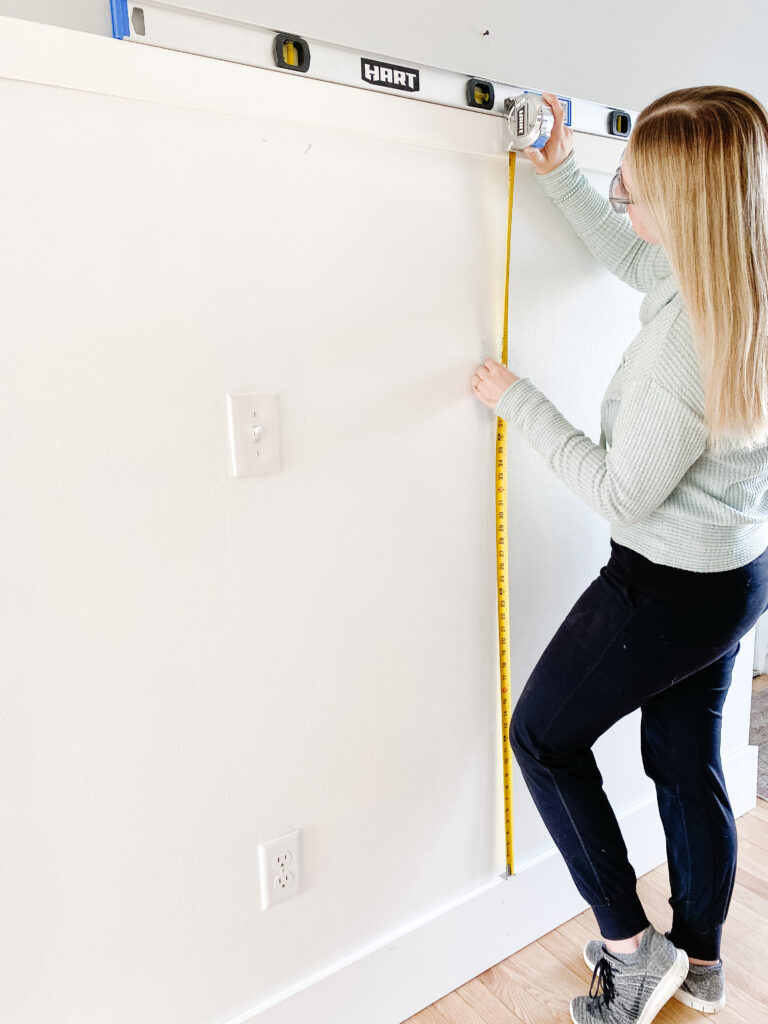
1. Start Small
There are so many different types of projects you can do on your own at home, but the first thing I always recommend when giving advice to beginner DIYers is to start small and consider the difficulty level.
It’s so easy to look around your entire house and think of all the different things you want to do, but you’ll definitely want to start with an easy task! A great way to do this is by starting with projects like accent walls (shiplap wall, wallpaper, board and batten) when DIY’ing for the first time! They’re actually really simple, affordable, and you’ll get comfortable using new tools and learning new skills (caulking, wood filling, using shims, etc.).
Starting with small projects, such as painting a room or building an accent wall will help you build your confidence and basic skills for bigger home projects in the future!
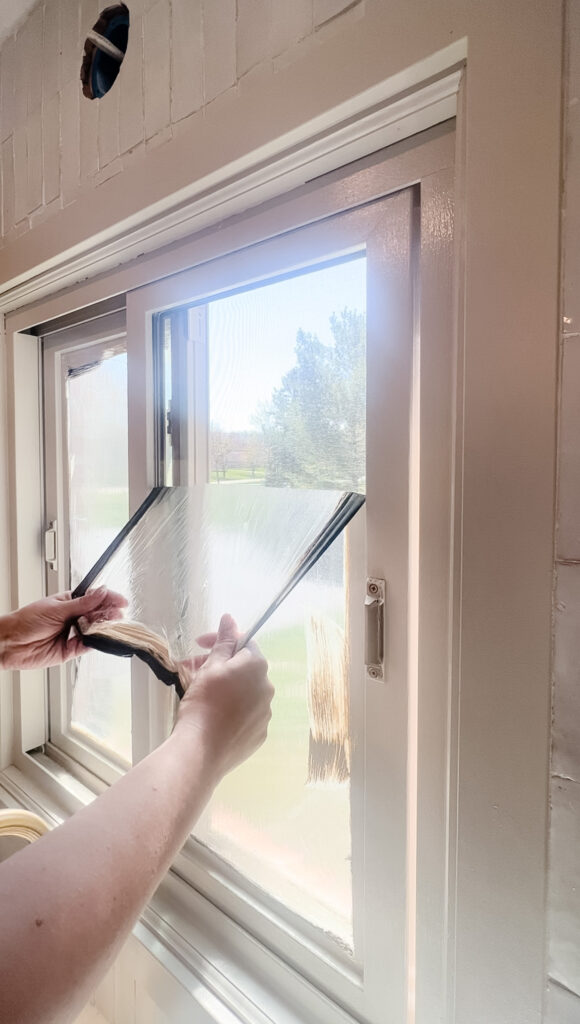
2. Have a Project Plan
Before diving into your DIY project, your first step should be to come up with a plan. Having a plan will help you determine a timeline and a budget. It can also save you from buying too much or too little material.
To plan your project, make a list of materials and all the right tools you’ll need along with how much those will cost. Then start making your measurements and determine the sizes you’ll need before heading to Home Depot to buy your materials.
If you need help with mapping out the measurements of an accent wall, check out this post! I also find it helpful to plan a start and end date to help you get the project done in a timely manner.
One of my favorite DIY tips to keep it mind is that doing projects yourself is one of the best ways to save money to help you grow your tool collection over time!
3. Don’t Be Afraid to Make Mistakes
Some of the best advice for beginner DIYers is to understand that mistakes are very common…don’t let this scare you or keep you from doing something! The phrase “learn from your mistakes” couldn’t be more true, especially in the DIY world.
Mistakes are inevitable, but don’t let this scare you. Instead, take your mistakes, and use them as an opportunity to grow as a DIYer. This is exactly why accent walls are the perfect starting place for any DIY job: regardless of your skill level, you will learn so many small things through your mistakes that will carry on to help your next project be even better!
4. Learn As You Go
Once you’ve built your confidence and have a few smaller projects under your belt, then the larger projects can be a great way to challenge yourself while learning new skills. One of the best things as a DIYer is the sense of empowerment you’ll gain with each project!
Trial and error is often the best way to learn. As long as you have a “can-do” attitude, you’ll surprise yourself with what you’re able to accomplish. No matter how big or small your project is, each one provides you with the opportunity to learn new techniques. Your DIY projects can be a very rewarding experience, and the reward is well worth the effort.
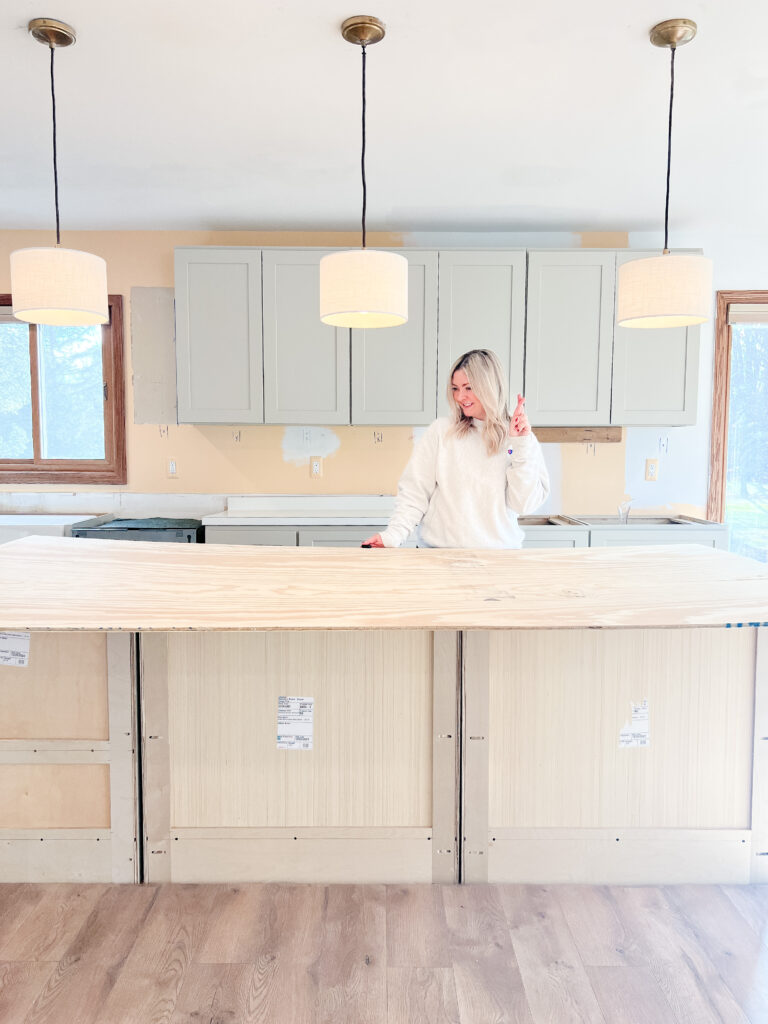
5. Don’t Rush
Rushing through your DIY projects are what lead to mistakes. Rushing can also lead you to spending more time and money in the long run, so it’s important to pace yourself and take all the time you need. Just remember: measure twice, cut once. It’s especially important to remind ourselves to slow down while we’re working with power tools.
I know it can feel like some projects take forever and a day…and honestly, some of them do. But, keep in mind, you’re creating a beautiful and more functional space for years to come. It will be worth it in the end. I promise!
6. Invest in a Few Materials and Necessary Tools
There’s no need to buy all of the fancy tools and materials when you’re just starting out with DIY projects. But there are a few materials and basic tools you’ll need to get started. A hammer, level, pliers, utility knife, and a drill can all be handy tools for most projects you’re working on. For materials, it will depend on your project. Some common materials I use are paint, paint brushes, sandpaper, caulk, tape measure, and nails.
If it’s helpful to know, I will say I probably use my circular saw, miter saws, and nail gun the most. Buy the tools and materials as you need them – not all at once. You’ll eventually build up a solid collection and won’t have to buy anymore!
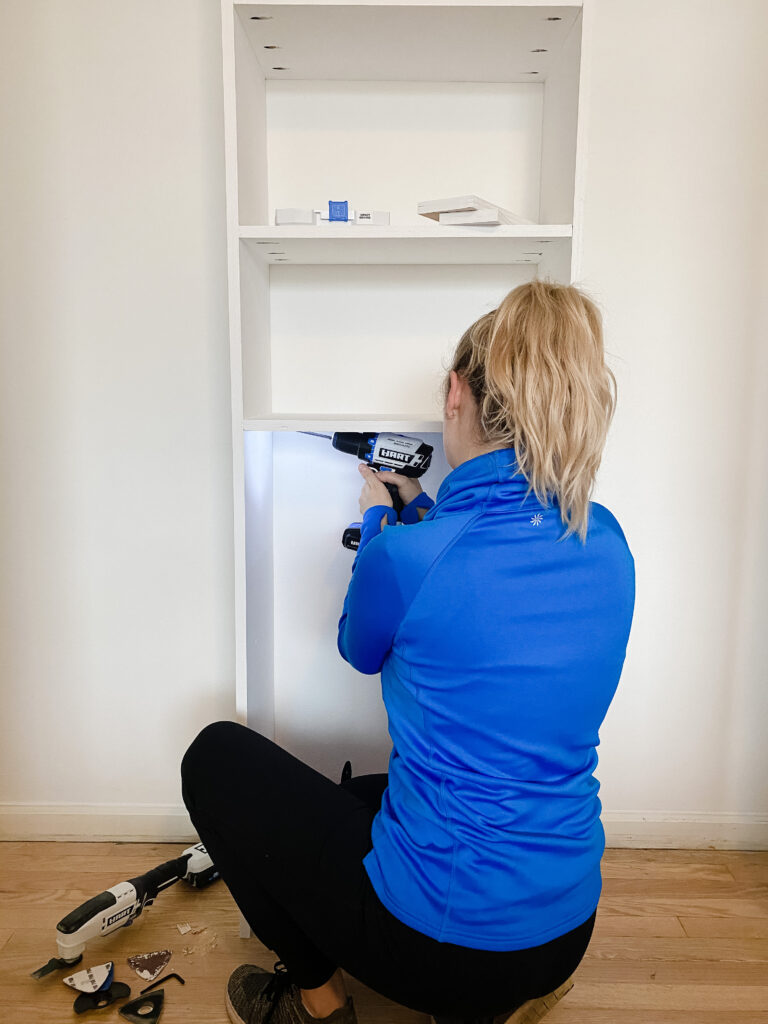
7. Ask for Help When You Need It
Don’t be afraid to ask a family member or a best friend for help when you need it. A helping hand is always a good idea when your stuck in a situation where you feel uncomfortable. Keep in mind, you’re still learning and asking for help is never a bad thing. As a self-taught DIYer and can’t tell you how much I’ve learned from Youtube or watching other Instagram friends on their stories, and is what led to me feeling confident enough to try my own projects! I can’t wait to see what you create 🙂
Don’t forget to follow along on Instagram for more DIY projects, tips, and tricks where I can help you turn your own honey-do list into honey-DONE!
Note: As an Amazon Associate I may earn small commissions from qualifying purchases.
Related Articles:
The Best Board and Batten Calculator
One Step DIY Stair Railing Makeover for Under $75
Caulk vs Wood Filler – The Right Choice for Your Project

